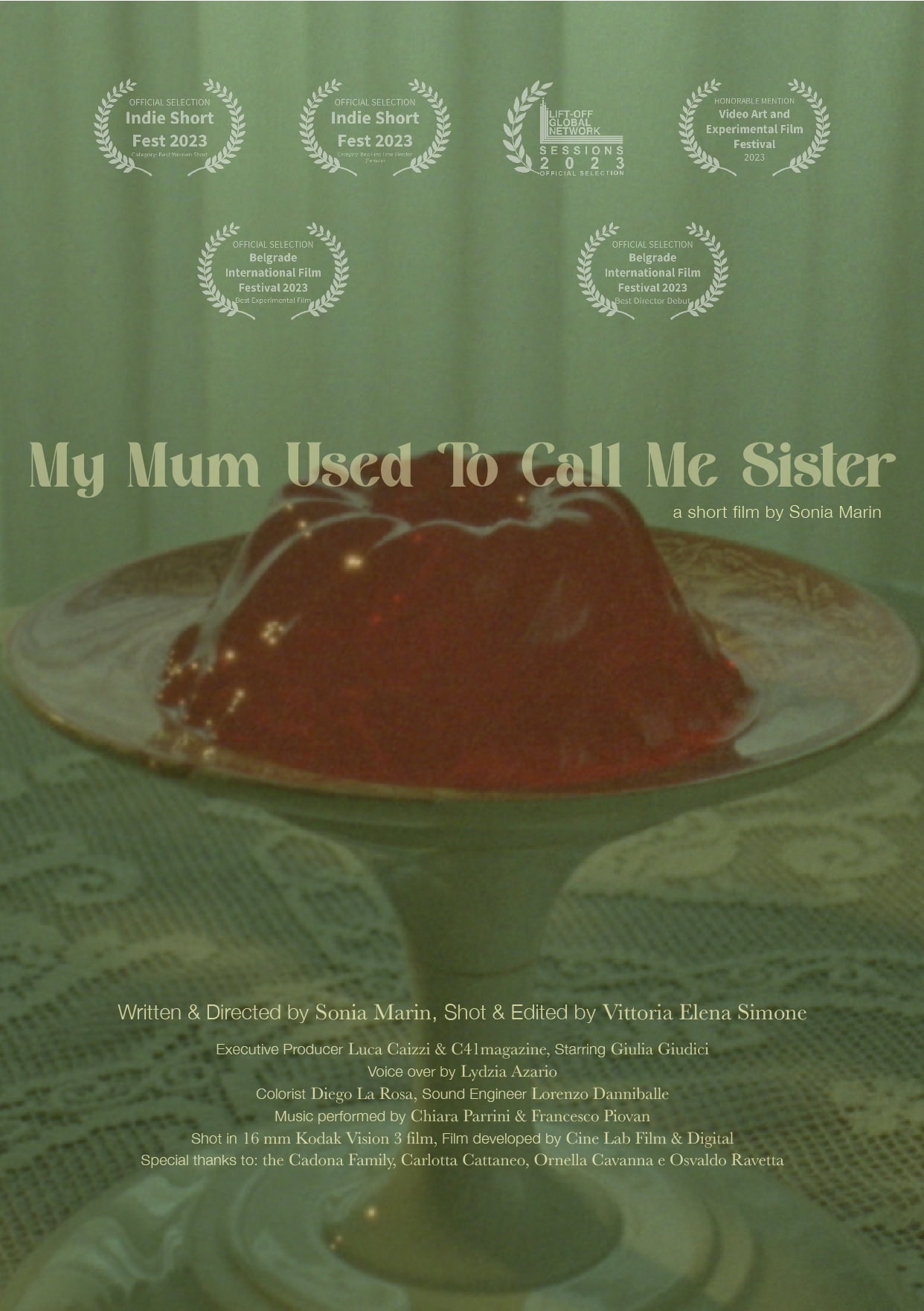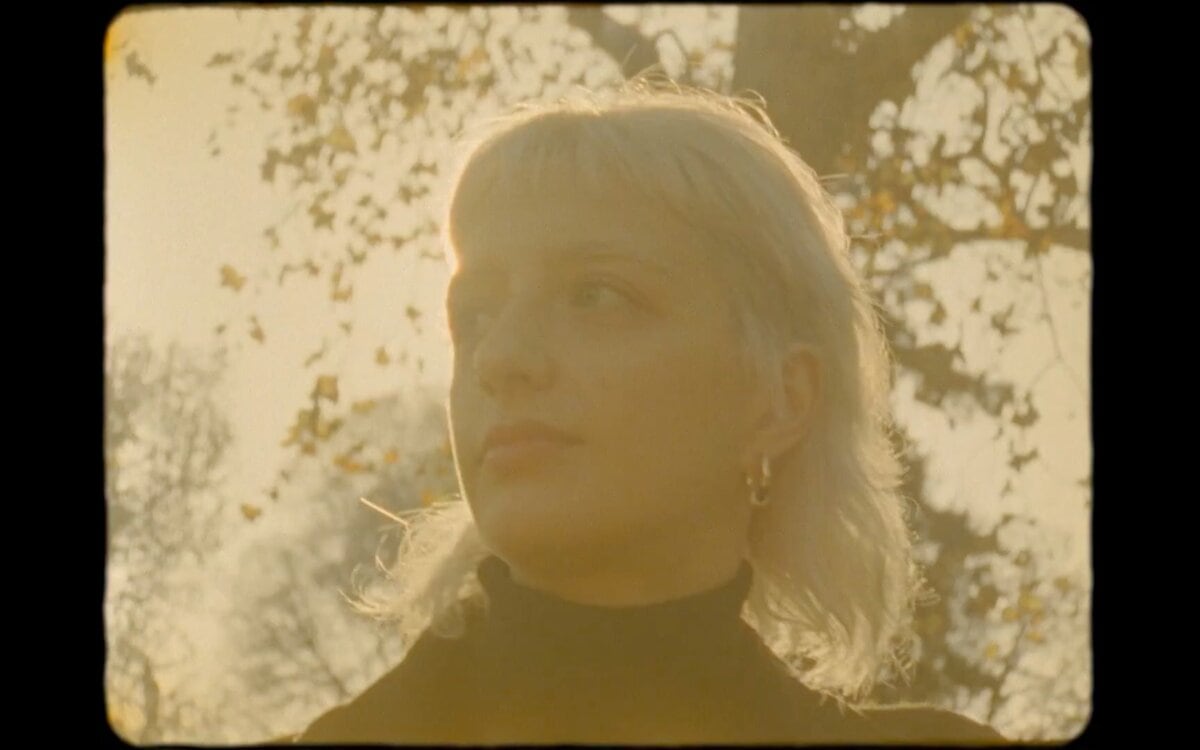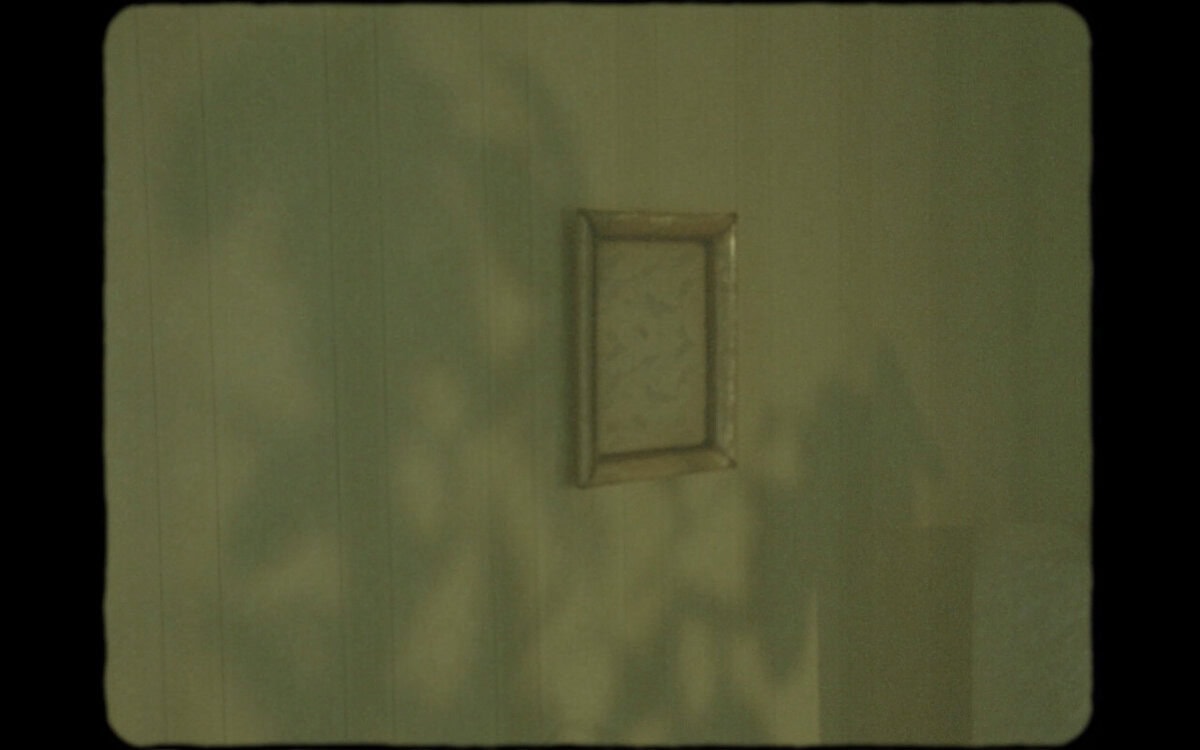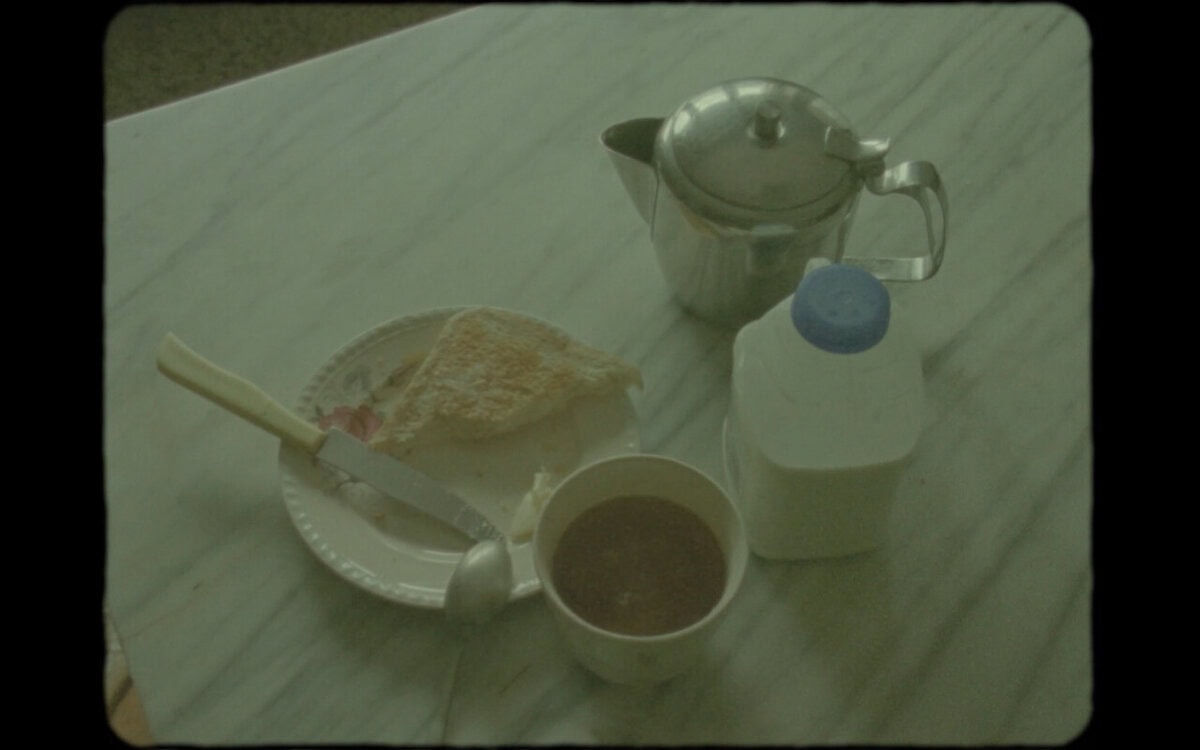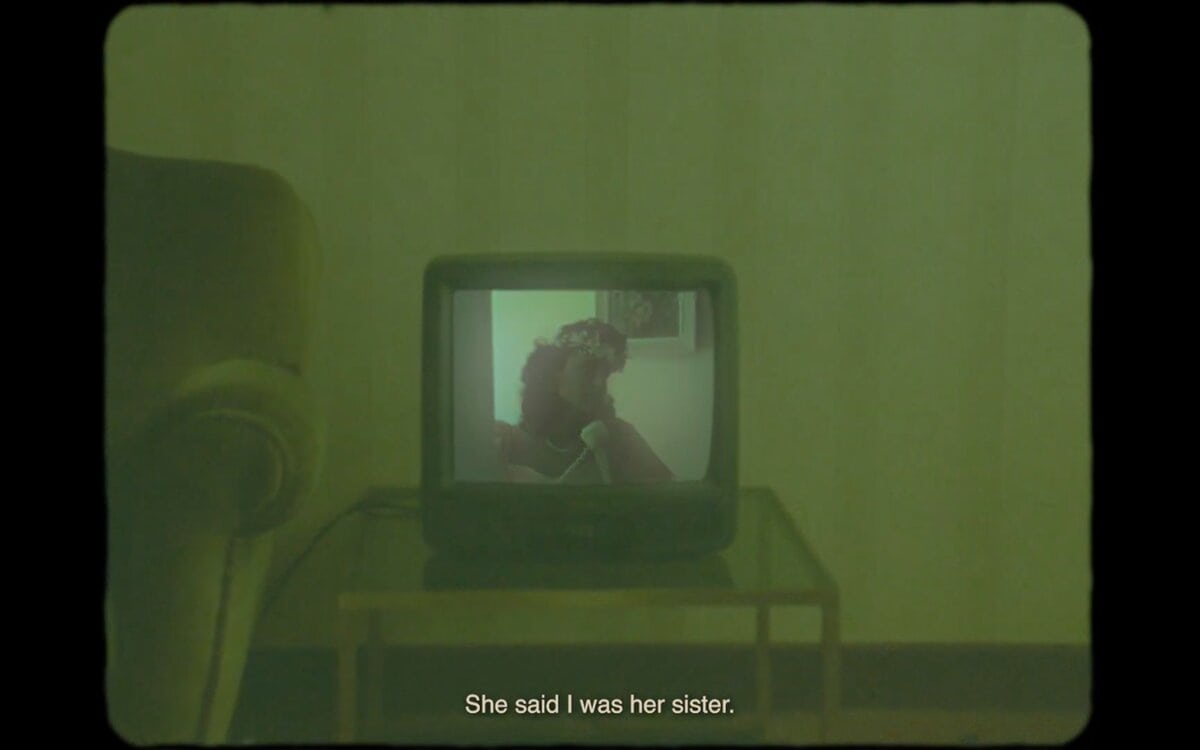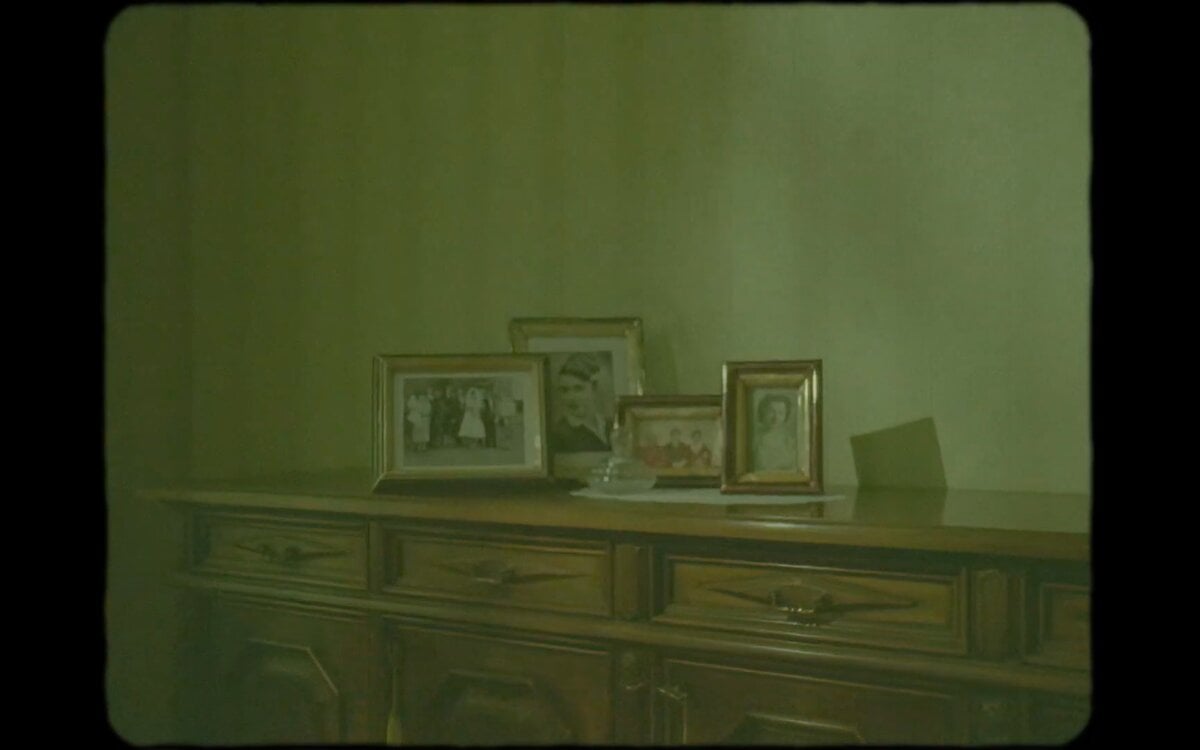Award-winning photographer and author Sonia Marin has been on C41’s radar for quite some time now. Marin has showcased her photographic and moving image works in numerous exhibitions, and her talent has been recognized with the first prize for Best Fine Art Image in the Commercial category at the 10th Master edition of the Moscow International Photography Festival in 2006. C41 hosted a conversation between Marin and Niccolò Montanari, where they unveiled Marin’s latest short film, titled My Mum Used to Call Me Sister, distributed by C41 Magazine, Perimetro, and The Curation Hour.
The short movie presentation at Micamera in Milan, Italy was the initial opportunity for a preview screening of the project. “While Micamera is a privileged setting, being a historical bookstore dedicated to photography, there is a desire to explore new opportunities beyond this venue. The intention is now to seek out other platforms and venues to showcase the project and reach a wider audience,” says Marin
A powerful story narrated through a tender approach, Marin’s oeuvre has recently been nominated for the Indie Short Fest for the Best First Time Director (Female) and Best Women Short categories. It received an honorable mention from the Video Art and Experimental Film Festival and was selected for First-Time Filmmaker Sessions by Lift-Off (Category: Shorts–New Voices). Last but not least, the short film has recently been awarded the titles of “Best Director Debut” and “Best Experimental Film” by Belgrade Film Festival.
My Mum Used to Call Me Sister is a family story in first person. Taking inspiration from her family history and photo albums–from which she published a book titled Twenty Weights, Please–Marin wrote a story on displacement and re-rooting: her family migration to London in the 50s from the Italian province of Treviso.
Through this visual narrative, she takes the viewers on a two-decade journey. Marin pays tribute to two influential women in her life: her maternal grandmother and her mother. The short film is a diaristic narration of a life lived by these two women through Marin’s eyes and understanding. It’s an in-and-out-of-time journey that enters her present from the past, leaving her with a sense of melancholy, which truly permeates each frame. The images she shot over the last 20 years safeguard this emotional archive: no sign of the time, just working places, the house, empty roads they ran with their bicycles, the market street full of leftovers, the light at the end of the day.
The atmosphere of the 5os shapes realistic imagery which tells of the author’s attachment to her mother’s memories, listened to and re-narrated through an empathic gesture. Those same details and words shared by her mother, are the lively images offered in the short movie: simple life bites, domestic and ordinary, symbols of a familial bond, of presences and absences. The house might seem empty, but the objects are the protagonists and silent characters expressing a feeling of belonging to a shared past, passed from a mother to her daughter, whom yet she used to call sister.
